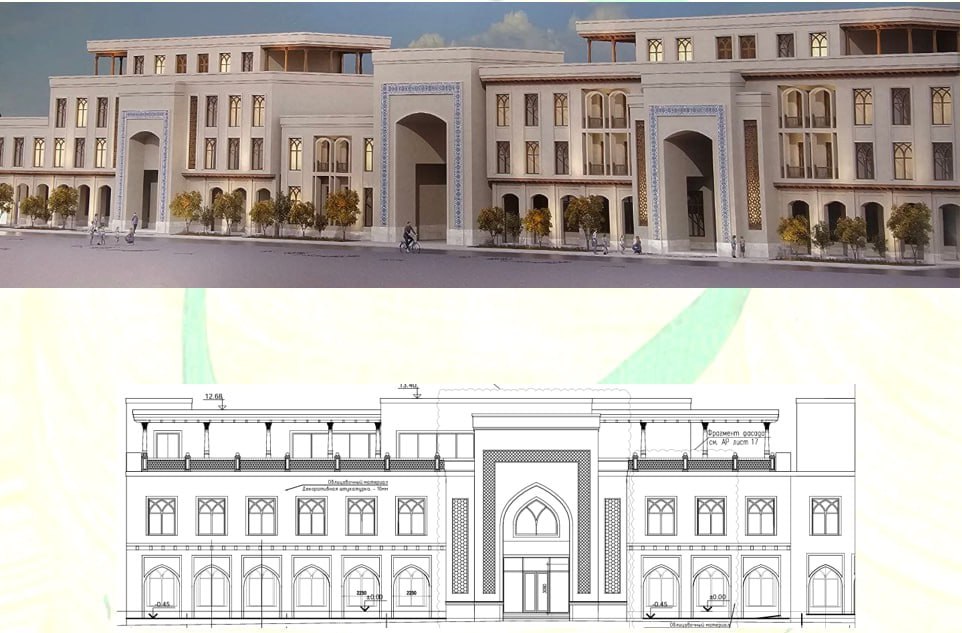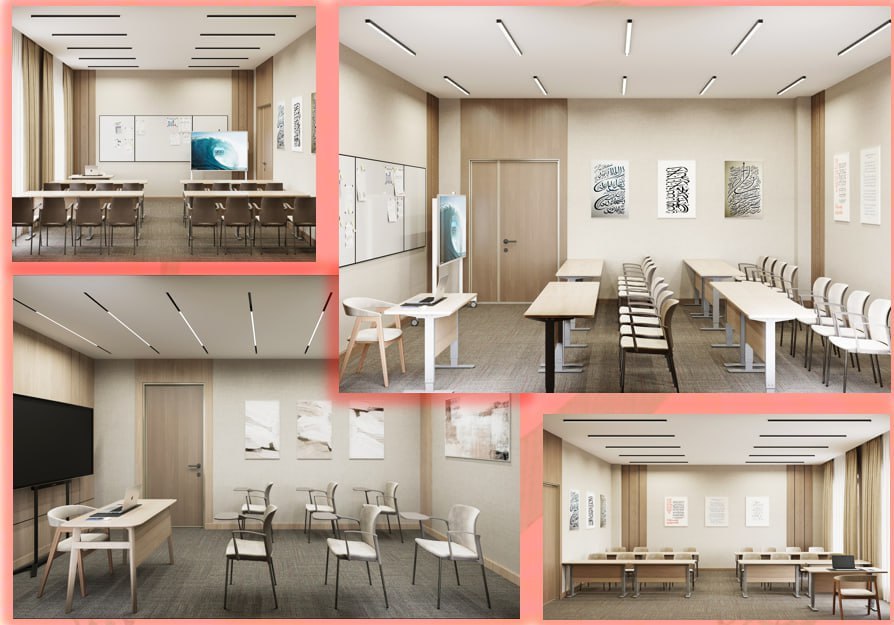A second breath for the art of calligraphy: a school of calligraphy is being established at the Center of Islamic Civilization
 Systematic efforts are being carried out in our country to preserve national spiritual heritage, revive ancient art forms, and pass them on to future generations. Based on the instructions given by our President during his visit to the Center of Islamic Civilization in Uzbekistan in January of this year, practical steps have been taken to restore and develop calligraphic traditions one of the most important directions in this field.
Systematic efforts are being carried out in our country to preserve national spiritual heritage, revive ancient art forms, and pass them on to future generations. Based on the instructions given by our President during his visit to the Center of Islamic Civilization in Uzbekistan in January of this year, practical steps have been taken to restore and develop calligraphic traditions one of the most important directions in this field.
For this purpose, a modern three-story building has been constructed within the premises of the Center of Islamic Civilization in Uzbekistan to serve as a School of Calligraphy. Currently, construction works at the center have reached their final stage, and the building is expected to become fully operational in the coming days.
Final matters related to the construction and functioning of this school were discussed at the latest expanded Scientific Council meeting of the Center’s working group. It was emphasized that the School of Calligraphy should operate not only as a physical building but also as a spiritual and educational institution, functioning on the basis of special curricula and programs.
This project was initiated as part of an important proposal put forward by our President during his visit to the Center of Islamic Civilization in January 2025. During that visit, the Head of State stressed that calligraphic traditions were disappearing and underlined the need to restore them and transmit them from generation to generation.
On this basis, all regulatory and legal documents for establishing the School of Calligraphy are being developed. The most renowned calligraphers of our country Habibulloh Solih, Abdurazzoq Domla, Shaykh Abdulaziz Mansur as well as a number of young specialists, have been engaged in the process.
 They are preparing the school’s charter, curricula, methodological manuals, and programs. In addition, special programs are being developed for the teaching of traditional calligraphic styles such as Thuluth, Naskh, Nastaʿlīq, Ruq’ah, Diwani, and Kufic.
They are preparing the school’s charter, curricula, methodological manuals, and programs. In addition, special programs are being developed for the teaching of traditional calligraphic styles such as Thuluth, Naskh, Nastaʿlīq, Ruq’ah, Diwani, and Kufic.
Notably, the school’s activities are designed for a wide audience, enabling citizens between the ages of 6 and 70 to study the secrets of the art of calligraphy. Such an approach will serve not only professional training but also a broader spiritual awakening and the enhancement of public interest in national art.
The school of calligraphy at the Center of Islamic Civilization is not merely an educational institution, but a significant step toward strengthening the traditions of calligraphy in our country’s history and reviving the heritage of our ancestors.
Most read

Over 100 experts from more than 20 countries of the world are in Tashkent!

President of Serbia Aleksandar Vučić visited the Islamic Civilization Center in Uzbekistan

The Center for Islamic Civilization – a global platform leading towards enlightenment











